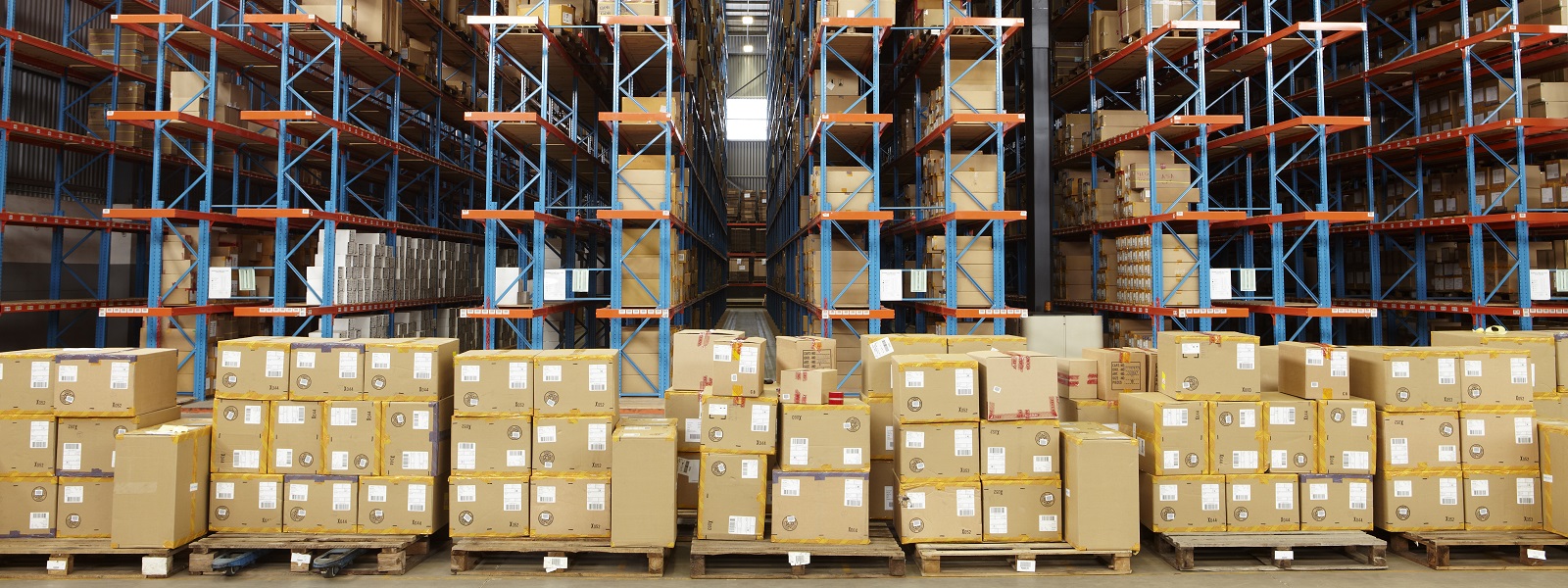It seems nothing can stand in the way of India’s ascent and its M&A market is no exception. In Q1 2023, the country had 194 deals—a gain of 19%. Aggregate deal value of US$19.6 billion was also broadly in line with recent above-average quarters, inching up by 4%.
While M&A activity in the rest of the world retreated in 2022, India posted record volume and value numbers. Even after discounting the US$40 billion acquisition of HDFC Bank by Housing Development Finance Corporation, 2022 would still be the highest-value year for M&A on Mergermarket record.
This healthy deal flow reflects India’s ongoing upward trajectory. It is expected to be the best-performing major economy this year. The International Monetary Fund’s GDP growth forecast of 5.9% puts it in front of China and leagues ahead of the US or any European nation. It also surpassed China in another metric this year, becoming the most populous county in the world, per the United Nations.
Several factors work in India’s favor right now, ensuring strong interest from foreign acquirers. Not least, as economic performance in developed countries slows, a weaker export market is being offset by strong domestic demand due to India’s immense and fast-growing population. This puts India in a position of strength, as other developing markets struggle against tightening credit conditions.
The longstanding “automatic rule”—introduced more than 20 years ago as part of a series of economic reforms aimed at making India more investable for foreign investors—has also recently been expanded. Changes made last year lifted the caps on foreign investment into the insurance, defense and telecommunications sectors.
Foreign interest
India’s inbound M&A volume has climbed steadily for more than a decade, and overseas investors are noting the government’s increasingly open-arms approach. In the first quarter of this year, the country witnessed 72 transactions (down 25% year-on-year) worth US$9.6 billion (up 14% year-on-year) from non-domestic bidders—demonstrating that foreign investors are now willing to spend more on targets in India.
Indeed, the country’s biggest Q1 2023 transaction by enterprise value featured a foreign buyer. The Canada Pension Plan Investment Board increased its stake in solar company ReNew Energy Global, becoming the Nasdaq-listed solar company’s largest shareholder, in a deal with an enterprise value of US$5.9 billion, per Mergermarket. CPPIB is reportedly building its position with the intention of taking ReNew private.
ReNew has 13.4GW of energy production capacity, including 7.7GW that has been commissioned and is in development, making it one of the biggest operators in the country. For perspective, as of 2023, India had 178.8GW of installed renewables capacity, or around two-fifths of its total installed power generation potential. Prime minister Narendra Modi has set ambitious targets for development, aiming for 450GW by 2030, which would make India one of the world’s leading countries in renewable energy. The private sector is embracing the challenge to meet these targets, with participation from both domestic and foreign investors and operators.
Infrastructure ambitions
Groupe ADP, which operates Paris-Charles de Gaulle Airport, was responsible for another one of the biggest Q1 deals in India, when it acquired a 49% stake in GMR Airports in a deal with an enterprise value of US$1.8 billion according to Mergermarket. Groupe ADP is gaining access to GMR’s portfolio of seven airports, including Delhi International Airport and Hyderabad International Airport, and forms part of its ongoing strategy to expand its international footprint. The French operator has committed to upgrading the assets in what is a major theme for India.
India is expected to invest the equivalent of 1.7% of its GDP in transport infrastructure this year across air, rail and roads. This is about twice the level in the US and most European countries. The net effect of these ongoing upgrades will be to reduce frictions and lower logistics costs, which are significantly higher in India than in other major economies, according to the World Bank. These long-term plans may not deliver immediate results, but they are another piece to the puzzle of unlocking growth in a country that is steadily going from strength to strength. Public spending on infrastructure is also being contemplated by significant private investment. Foreign investors, including financial sponsors, sovereign and pension funds have been steadily increasing allocations to Indian infrastructure projects.
Relative ease
In a significant turn of events, GAIL (India's largest natural gas company) was given the green light to acquire JBF Petrochemicals out of bankruptcy in March, in a deal worth US$968 million. The National Company Law Tribunal approved GAIL’s resolution plan after JBF’s lenders put the company up for auction as part of a Corporate Insolvency Resolution Process (CIRP).
Among several other positive changes brought about with the introduction of the Insolvency and Bankruptcy Code in 2016, the CIRP was given a strict timeline of just 180 days, improving on the existing regime which saw insolvency processes drag on for years. In a more recent update, the government enacted the Insolvency and Bankruptcy Code (Amendment) Act in August 2021, introducing the pre-packaged insolvency resolution process (PPIRP) for micro, small and medium-sized enterprises.
This is all part of a bigger story in India. The country has been climbing the World Bank’s Ease of Doing Business Index in recent years. In 2014, India ranked 142nd out of 189 countries. According to the most recent measurement, taken in 2019, the country has climbed to 62nd place. The government has actively set about improving efficiencies and coordination within state agencies as a means of delivering growth.
It seems these efforts are paying off. India is running fast and there is little doubt that the current economic momentum will see M&A continue to flow, and overseas acquirers maintain their interest in a country that is beginning to meet its potential.





